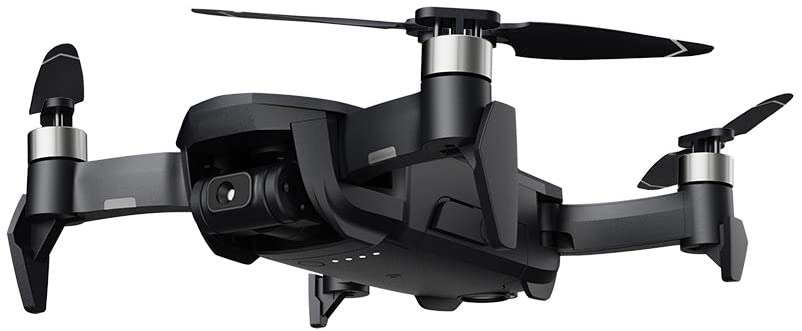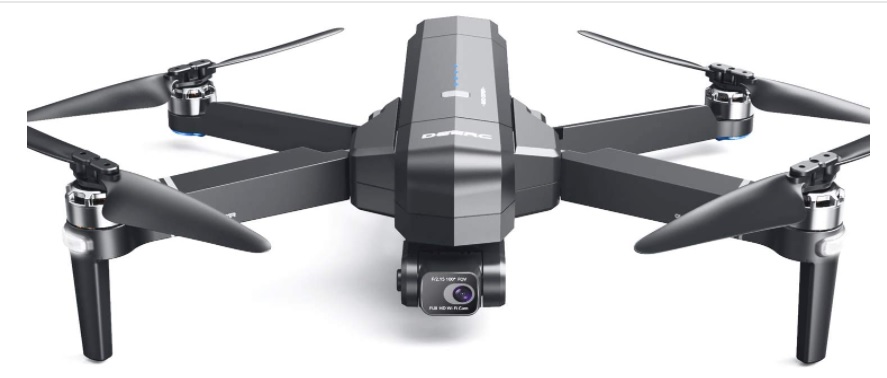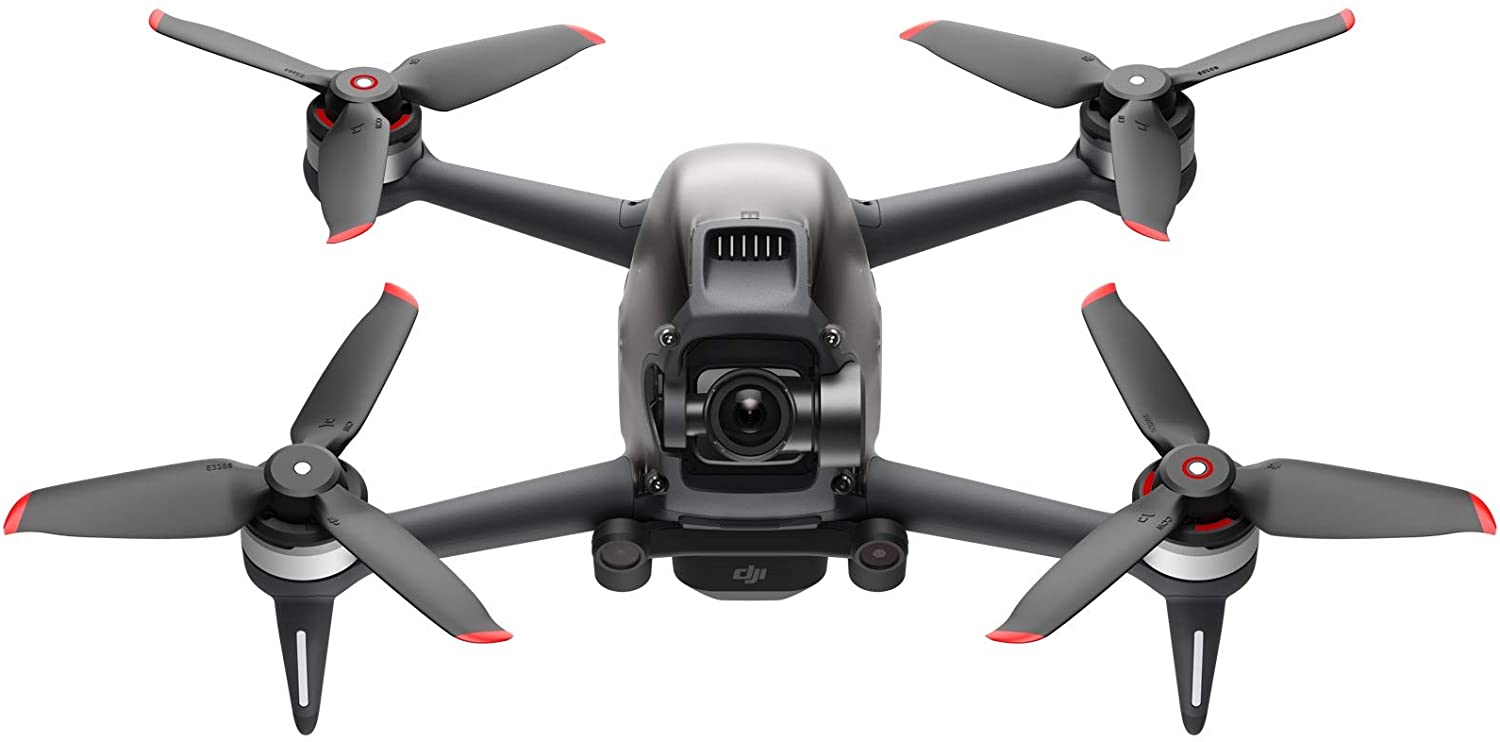What are Drone Camera Gimbals and How Do They Work?
The camera and indeed the ability to capture aerial films and photos is one of the main reasons for buying a drone. However, when you… Read More »What are Drone Camera Gimbals and How Do They Work?
The camera and indeed the ability to capture aerial films and photos is one of the main reasons for buying a drone. However, when you… Read More »What are Drone Camera Gimbals and How Do They Work?
The manufacturer says that when you fold the FUNSNAP Diva drone, it becomes a small and compact daily carry-around. That is why they refer to it as a pocket drone.
Traveling with such a lightweight drone is simple. You can even tuck it into your jacket pocket and you will be good to go, hardly feeling the weight. Despite the small size of this drone, it still performs incredibly and has a long flight time, especially since it comes with two batteries.
However, we have to admit that it takes much more than just the size and battery to make a good drone. Therefore, we shall look at the features that this quadcopter comes with.
Are there any downsides to this quadcopter? Well, some people think it is too small. However, the main downside is the cost, which might be prohibitive to some people.

Read More »FUNSNAP Diva Drone Review
Some of the notable features about the DEERC DE22 Pro drone is that it comes with two batteries, which can give you more than 50 minutes of flight time. In addition, it also comes with a sleek remote controller that has a small LCD display to show you the important stats for your flight.
But there is no surprise there seeing as DEERC drones are some of the best in the market when it comes to the features and the price. In fact, they offer cheaper options than the Hong Kong-based DJI. For instance, The DEERC D20 is affordable but it has some advanced features. The DE22Pro has more features.
It also has some downsides that you should know about. For instance, you need to register it with the FAA since its weight is far above the allowed threshold. In addition, there have been isolated cases of the drone veering too hard to the right or to the left.

Read More »DEERC DE22Pro Drone Review
If you want a powerful drone that can rip through the air, offers an immersive FPV experience through VR goggles and has emergency brake to name but just a few, try the DJI FPV drone combo.
Sure, it is going to cost you a substantial amount of money and in fact, we count that as one of its downsides. However, you know it is not too much to pay if the quadcopter has features to justify the price.
Besides, this is not a regular standalone DJI drone with a remote controller, battery and drone. It is an FPV racing drone combo with VR goggles. In addition, it has low latency during transmission, thanks to DJI’s Ocusync low latency transmission technology.
Keep reading to see other features that this DJI FPV combo package comes with.

Read More »DJI FPV Racing Drone Combo Review
Ocusync is a transmission technology by DJI that debuted with the DJI Mavic Pro in September 2016. In the drone market, this advanced transmission system from DJI leads the industry. It comes in versions 1.0 and 2.0, and both of them ride on the success of the Lightbridge transmission technology.
When you are looking for your first drone and you find terms like transmission system, they might sound like technical jargon. Transmission system means the technology by which the drone communicates with the remote controller or the internet-enabled devices that you will be using to control the drone.
With that enlightenment, you can guess that better or more advanced transmission systems give longer flight range. In addition, advanced transmission offers better responsiveness in regard to how the drone obeys commands that you key in on the remote controller or mobile app.
Since the invention of FPV drones, manufacturers have been looking for ways to increase the image transmission range digitally and with the lowest latency possible.
Before they added Ocusync transmission to their portfolio, DJI used WiFi transmission and Lightbridge, with Lightbridge being more robust.
WiFi transmission for drones comes in two versions. First, there is the 2.4GHz, which has a longer range but slower speed. Today, you will find that many drones come with a 2.4GHz remote controller.
On the other hand, there is the 5GHz WiFi transmission. Now, this means the 5.8GHz WiFi that has faster speed but covers a shorter range. Therefore, if your drone supports 5G WiFi, you can connect to it when you want to fly it in your backyard or indoors.
Lightbridge transmission gave users a better option than regular WiFi transmission, which unfortunately is only able to transmit signal within a short range. It also experiences interruptions from other WiFi devices.